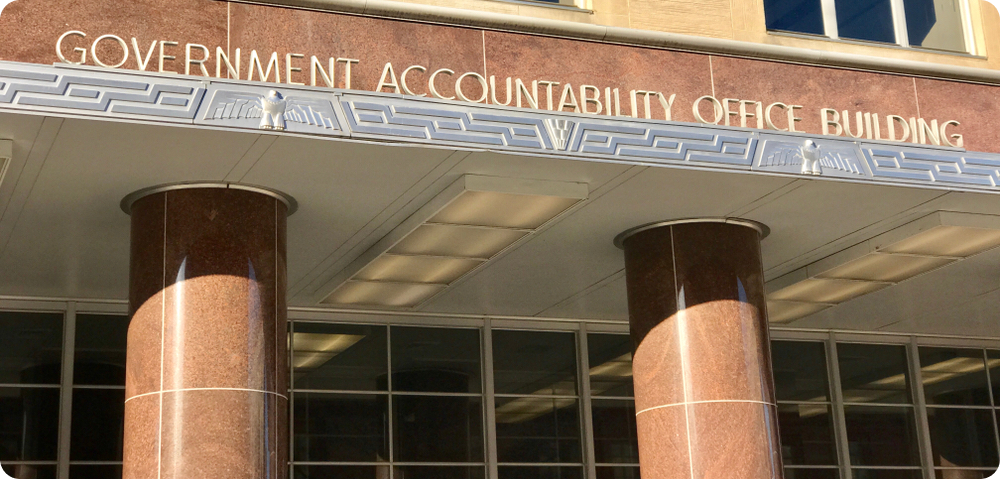USCIS audits are now mandatory for every EB-5 regional center, typically within two years of operation. With USCIS giving as little as two weeks’ notice before conducting site visits or virtual meetings, regional centers must be prepared or risk severe penalties, including termination of their designation. This article offers essential guidance on how regional centers can efficiently prepare for USCIS audits and ensure compliance with all regulatory requirements.
Why USCIS audits are crucial
USCIS audits are designed to maintain the integrity of the EB-5 program by ensuring that regional centers are complying with all legal and regulatory requirements. Audits focus on tracking the flow of investor funds, ensuring proper documentation of job creation, and confirming that all securities laws are followed.
Daryl Sanders, Vice President of American Life, one of the oldest regional centers, and Ozzy Torres, founder of Torres Law, share their firsthand experiences with USCIS audits. Both emphasize the importance of being prepared ahead of time, as USCIS provides only a two-week window to submit necessary documentation once an audit is initiated.
The audit process: what to expect
USCIS audits begin with two official communications:
1. A notification letter announcing that the regional center has been selected for an audit.
2. A document request letter outlining the specific records the regional center must provide, typically with a two-week deadline.
The primary focus of the audit is on financial transparency and compliance. USCIS expects regional centers to track investor funds meticulously, documenting how the money flows from investors to the job-creating enterprise (JCE), and ensuring that funds are used as specified in the offering documents.
Torres highlights the importance of being able to trace every dollar of investor funds. “The biggest challenge is managing multiple projects and being able to produce clear documentation within the short timeframe USCIS provides,” he explains.
How to prepare for an audit efficiently
Efficient preparation for a USCIS audit requires careful planning and organization. Here are some key strategies to ensure your regional center is ready:
1. Maintain an organized data room
To respond quickly to USCIS document requests, regional centers should maintain a well-organized, up-to-date data room. This data room should include all investor documents, subscription agreements, disbursement requests, wire confirmations, and bank statements. Having these documents centralized will save time and reduce stress when the audit notice arrives.
Ozzy Torres advises that maintaining a live data room is essential: “Having all documents in a centralized location means you can respond quickly to any USCIS request.” This proactive approach reduces the risk of delays or incomplete submissions during the audit.
2. Work with a fund administrator
Hiring a fund administrator can significantly streamline the audit process, especially for regional centers managing multiple projects. Clem Turner, a securities attorney, explains how fund administrators help ensure that investor funds are tracked and recorded properly: “A fund administrator can produce the necessary documentation during an audit, which is especially useful when there’s a tight deadline.”
By working with a fund administrator, regional centers can reduce the administrative burden of tracking funds and ensure that all required records are kept up-to-date and in compliance with USCIS requirements.
3. Ensure legal counsel is available
During the audit process, having legal counsel available to answer complex questions or provide guidance can be invaluable. Sanders and Torres both stress the importance of having legal experts on standby. “While you don’t want to create an adversarial relationship with USCIS, having counsel ready ensures that you can navigate any difficult questions that arise during the audit,” says Sanders.
4. Prepare an organizational overview
In addition to financial documents, USCIS will also scrutinize the structure and organization of the regional center. Auditors may request details about the center’s staff, IT systems, and overall governance. Sanders suggests preparing a brief presentation about your regional center’s organizational structure before the audit begins.
“When USCIS came to our office, we had a presentation ready that outlined who we are, how we’re structured, and how we operate,” Sanders says. “This helped set the tone for the audit and showed that we were well prepared.”
Virtual vs. in-person audits
USCIS conducts both virtual and in-person audits. While the process for each is similar, virtual audits come with specific challenges. Torres, who went through a virtual audit, notes that USCIS requested screenshots of various documents and systems throughout the process.
“During our virtual audit, we had to provide screenshots of the data room and email the requested documents,” says Torres. “This made the process more tedious, but having everything organized ahead of time made it manageable.”
In-person audits, on the other hand, require regional centers to have key personnel available onsite to answer USCIS inquiries. Sanders emphasizes the importance of having the right people present during the audit, including the treasury manager, legal counsel, and other key staff members.
Post-audit follow-up
After the initial audit, USCIS may request additional documents or clarification on certain issues. This follow-up phase is critical, as failing to provide the requested materials could lead to compliance issues.
Both Sanders and Torres report that USCIS requested follow-up documentation after their audits, including screenshots and additional records that weren’t part of the original request. “We sent everything they asked for promptly, and that helped ensure the audit process went smoothly,” notes Sanders.
Conclusion: staying ahead of the curve
USCIS audits are now a regular part of life for EB-5 regional centers, and the best way to handle them is to be proactive. Maintaining a comprehensive data room, working with a fund administrator, and having legal counsel on standby are essential steps to ensure your regional center is always audit-ready.
As USCIS ramps up its auditing efforts, regional centers must be prepared to respond efficiently. With proper preparation and organization, you can navigate the audit process smoothly, protect your investors, and maintain compliance with USCIS regulations. By staying ahead of the curve, your regional center can focus on its primary mission—helping investors achieve their immigration goals—without the disruption of a poorly managed audit.



